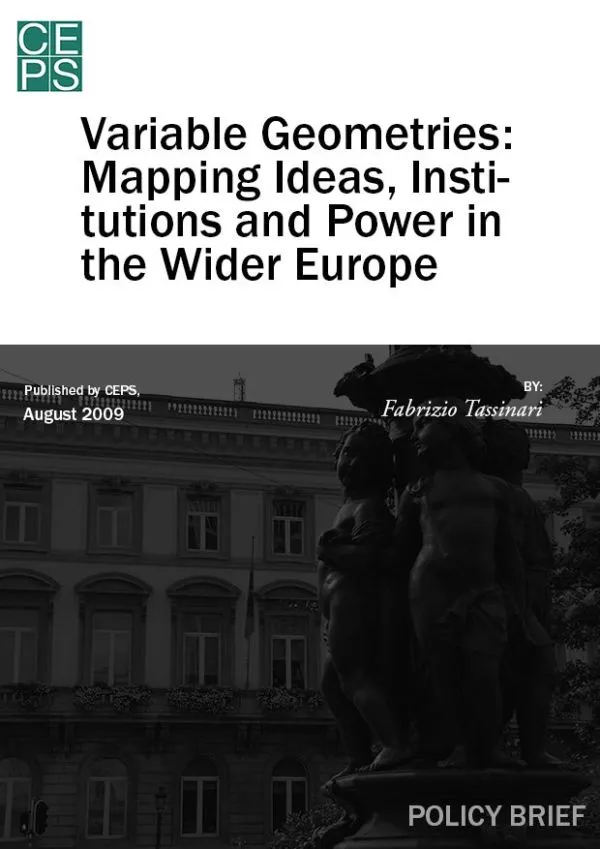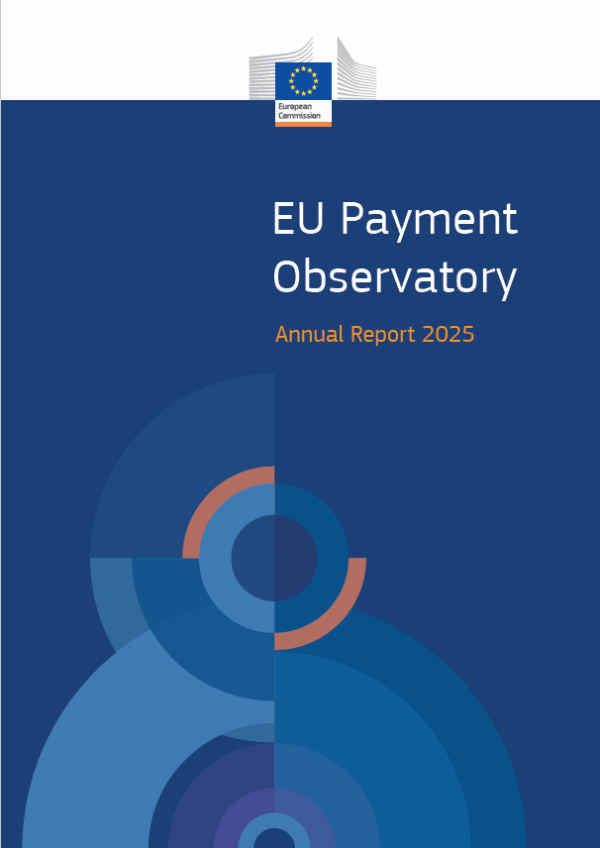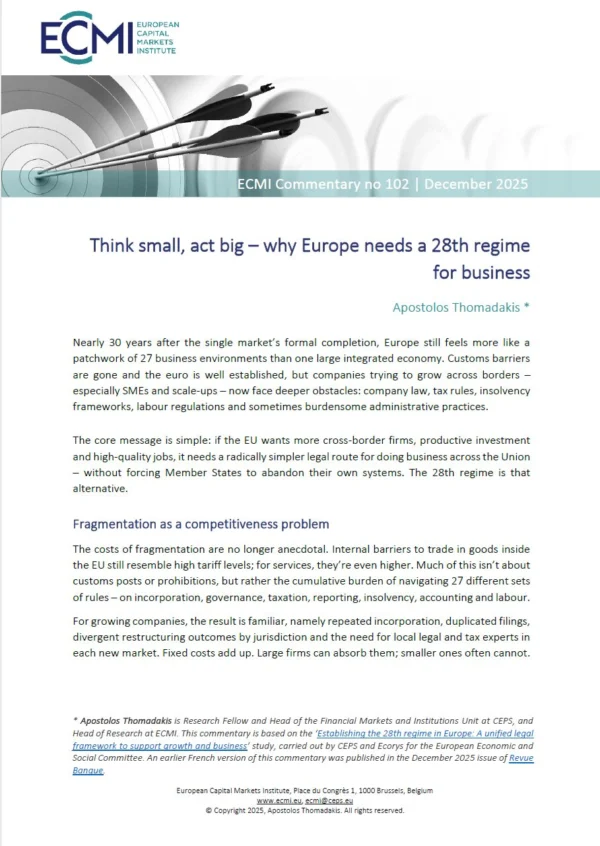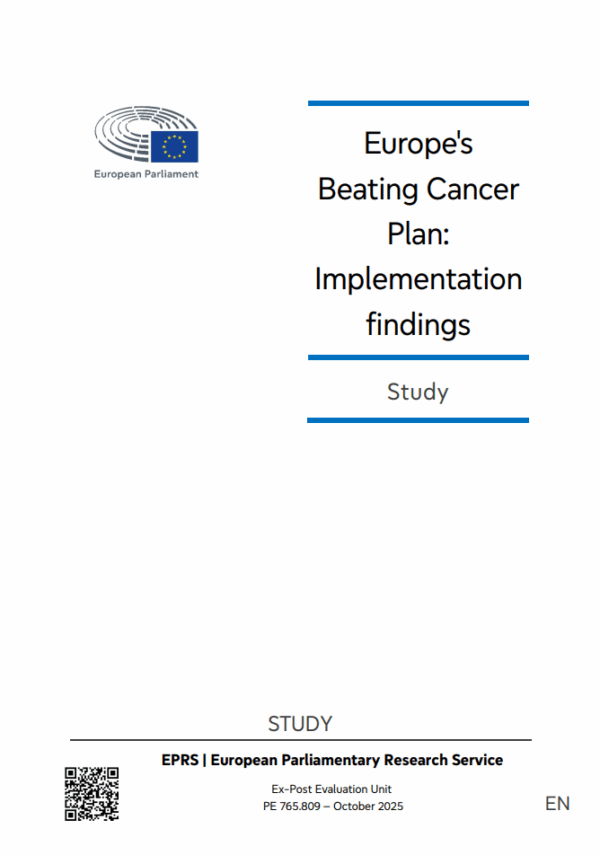By exploring the meanings and possible usages of the term ‘variable geometry’, this study sets out to interpret how the deepening of relations between the European Union and its neighbours in the East, South-East and South shapes the conceptual political and strategic map of the wider European space. Three dimensions of variable geometry are distinguished. The first dimension relates to ideas and focuses on the way in which the EU as a polity affects, and is affected by, deeper relations with its neighbours.
Second, the focus is on institutions and illustrates the rationale behind and options for deeper institutional integration of neighbours into the EU. Lastly, the study ventures into an analysis of the wider Europe as a ‘power’ constellation and thus explains what variable geometry means in relation to security and stability in the European neighbourhood. This basic tri-partition is then applied to two topical cases: Turkey and Ukraine.
0
More CEPS Publications
12 Published Publications
Related Publications
Browse through the list of related publications.












